
Shopping in Dali Old Town is a must-do thing for tourists to this town.China's southern Yunnan province is well-known as a tourist destination for its subtropical landscapes and the mysterious legends of the local Bai nationality. Among the many handicrafts that the Bai people inherited from their forefathers, tie-dye fabrics, or coloring cloths, have been turned into one of the most profitable businesses.
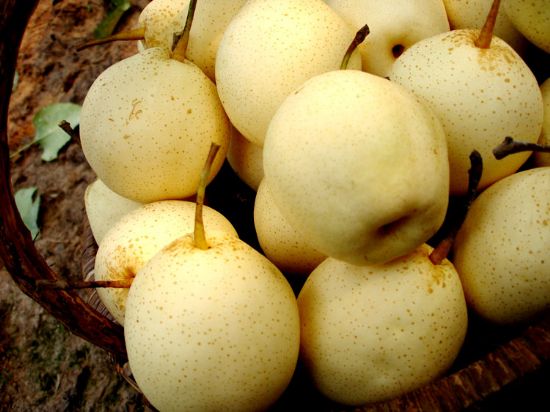
1.Dali Snow Pear
Owing to the climate and the soil condition of Dali, the pears which grow here are much sweeter in flavor, and have thinner skins and more tender flesh. The main growing area for Dali snow pears is on the eastern side of Erhai Lake. Every August and September in the harvest season, people come from all around to Erhai Lake to pick pears and celebrate the harvest.
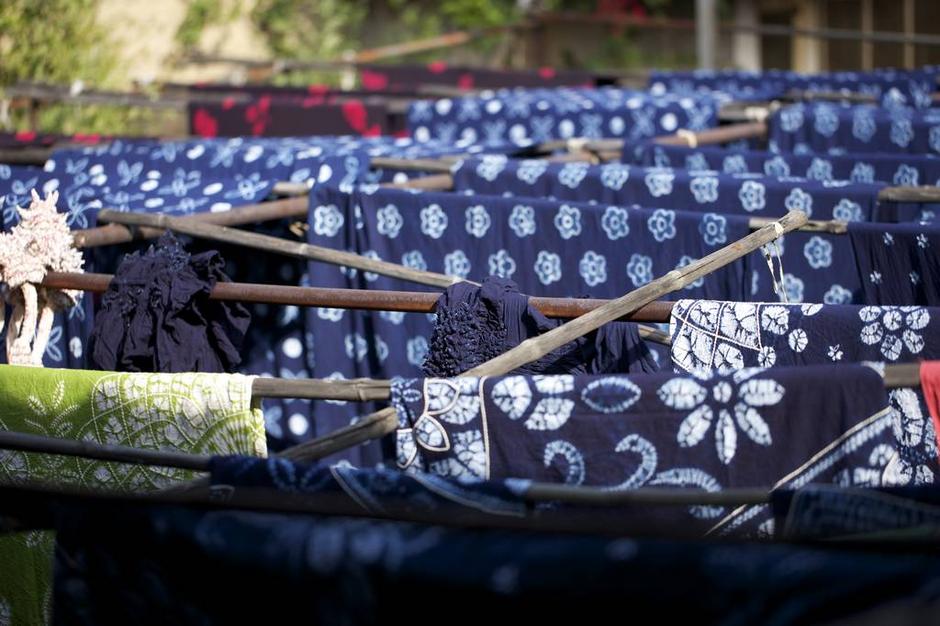
2.Tie-Dyed Cloth
The area around Dali Old Town has many tie-dyeworkshops. Especially the village of Zhouchengcun eight kilometres north of Dali Old Town is famous for its tie-dye workshops. Not only can one buy various tie-dye products but one can have a go at it yourself as well or follow courses in the tie-dye technique. Zhouchengcun is the location of the "Butterfly Spring" which attracts many, especially elderly Chinese tourists.
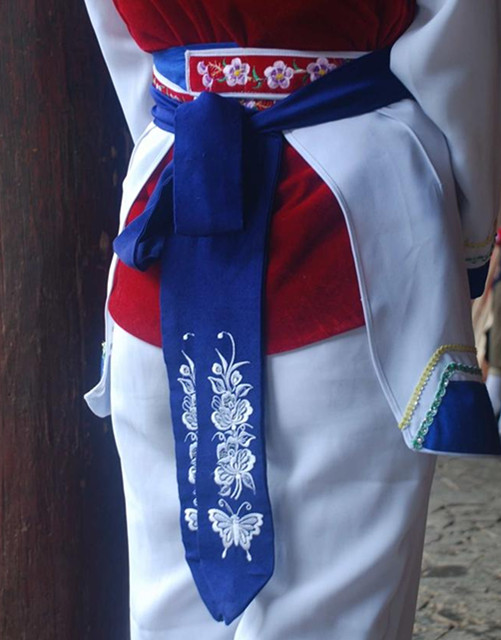
3.Bai Ethnic Embroidered Apron Ribbon
The embroidered streamer is part of traditional apron of the Bai ethnic ladies living in Dali area of Yunnan. An apron is normally designed with two spear-like bands of this kind for Bai ladies to wear.
The length, color and material of the ribbon are different depending on the age of the wearer. For the elderly: black, blue; sometimes silk; long and wide. For the young: white, blue; normal cloth; short and narrow. Bands for both the young and the elderly are delicately embroidered with white and sometimes red threads.
Butterfly patterns are traditionally designed on these ribbons. And for the young, the patterns vary a lot from plants to birds.
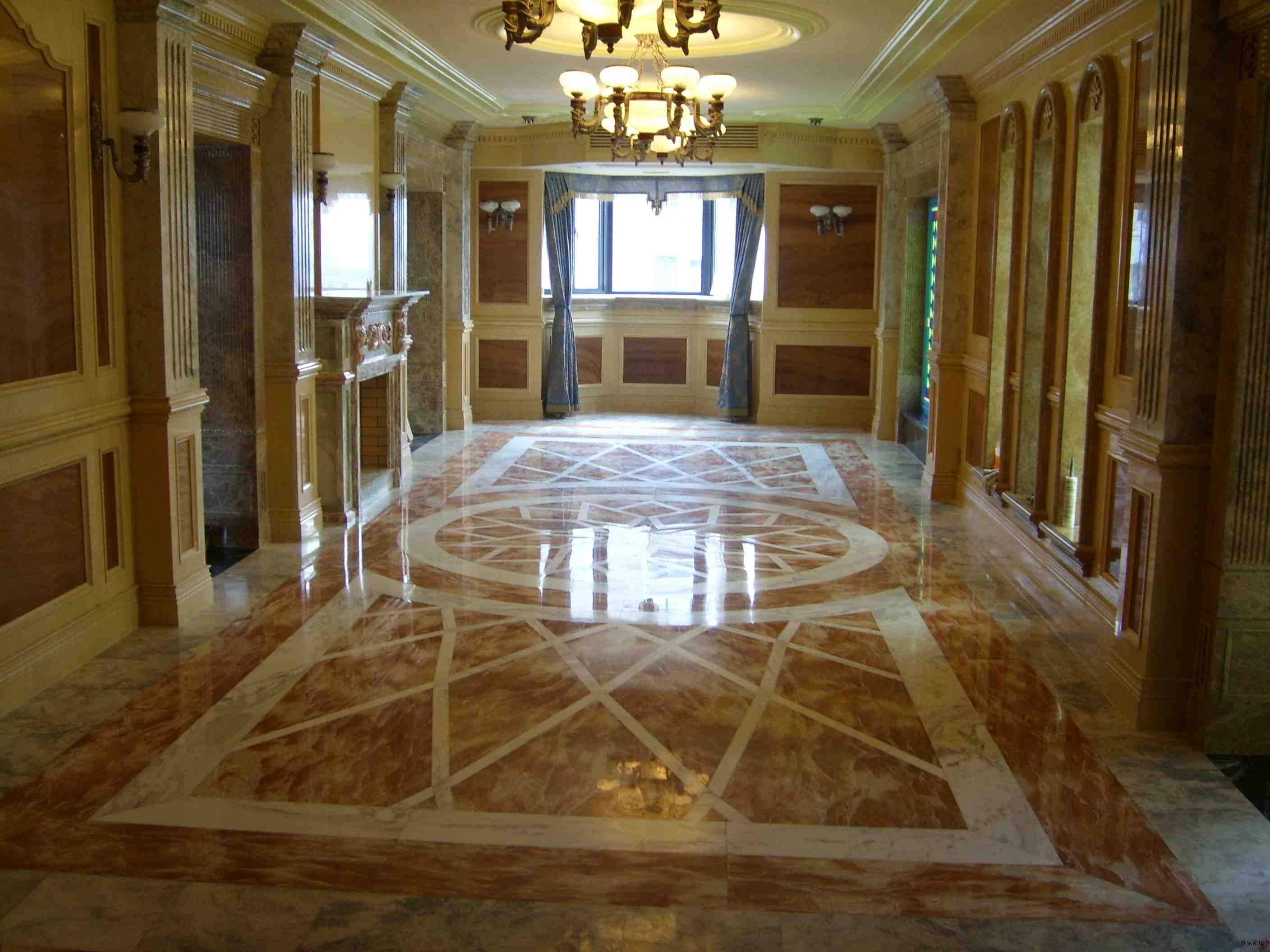
4.Dali Marble
Dali has exquisite marble (a little difficult to carry) which is carved into all sorts of products: vases, ashtrays, carved animals and more. The marble stone can also be cut and polished revealing pictures on the surface. These are known as chushi and can be bought framed, and these make beautiful wall decorations. Many people can mistake them for traditional Chinese paintings. Cheaper chushi, generally the white and grey type, cost ¥60+ each. More expensive and coloured stone with clear mountain landscapes can be priced at ¥10,000+. The Chinese word for marble is Dalishi or Dali stone, indicating how famous Dali marble is throughout China.
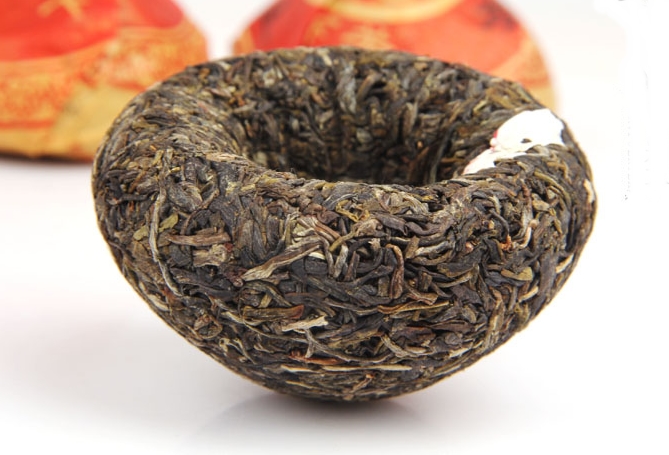
5.The Tuo Tea
It is one of the famous brand products which are produced by the tea factory of Xiaguan in Dali City, the original name is Tuan Tea, it was produced by Fuchunheng Shanghao of Xiaguan in 1902, Mainly sell in Xufu of Sichuan which is Yibin now etc. places, make tea with the water of Tuojiang River in Sichuan, the flavor was very good, so it was renamed Tuo Tea. Tuo Tea in Xiaguan is choosed the famous tea as material, which were produced in more than 30 countries such as Linchang, Baoshan, Simao etc. its beginning system craft crumple to make through artificial, the machine compress tightly several work prefaces, the form likes a bowl, the shape is beautiful, the color is black and smooth to show the pure strong fragrance of mille-, aroma. The color of soup is orange and clear, the taste is great back sweet. Often drinking has the health care functions which are to pure heart, clear eyes, perk up sprit, keep skin, suppress the bacteria and treat an illness. Abroad, it is called the losing weight tea, the beauty tea or the longevity tea. In China, Tuo Tea of Xiaguan, the white medicine of Yunnan and the Yun cigarette are praised to be three treasures of Yunnan. Tuo Tea of Xiaguan has gotten the honor of excellent product of province-class for 3 times, the national quantity silver quality prize and food gold prize of world, is given to title of the famous brand of Chinese tea.
You will only receive emails that you permitted upon submission and your email address will never be shared with any third parties without your express permission.
